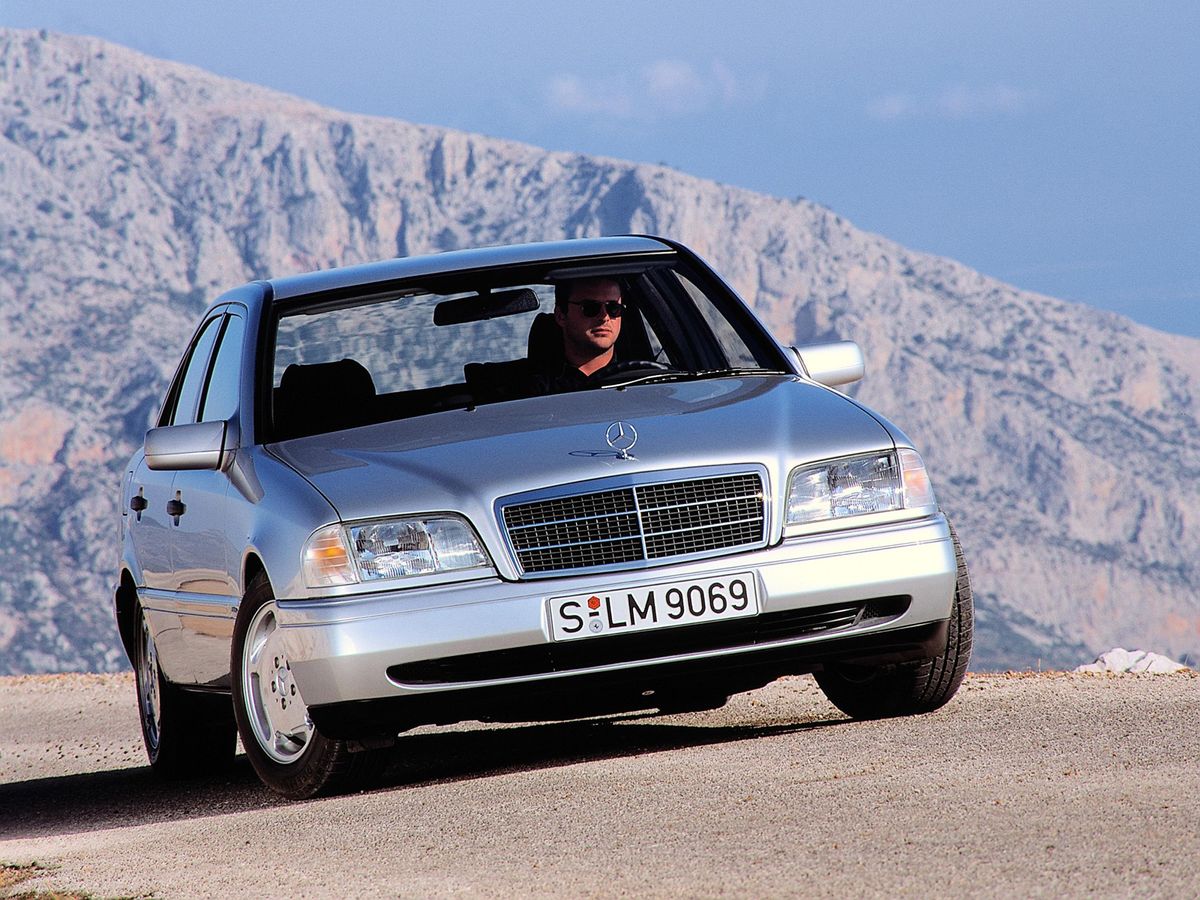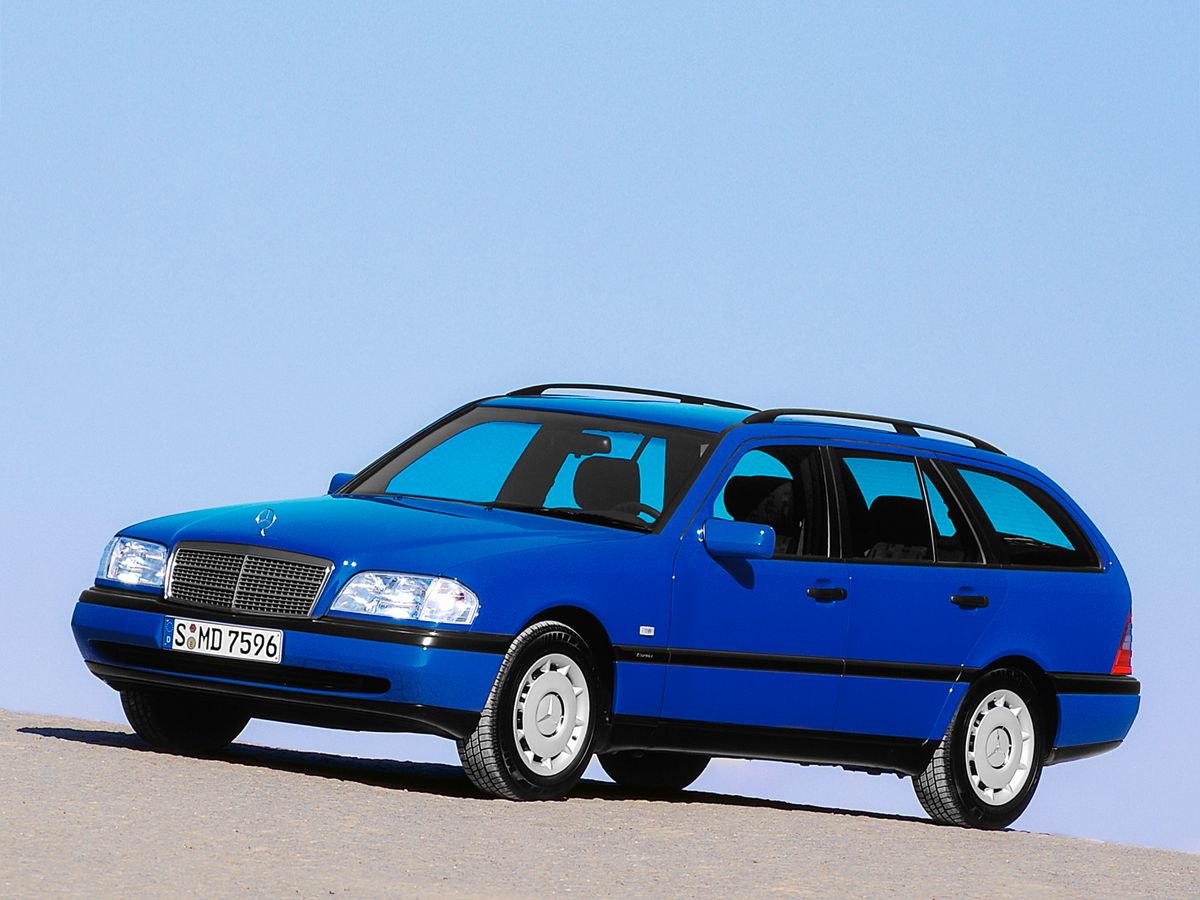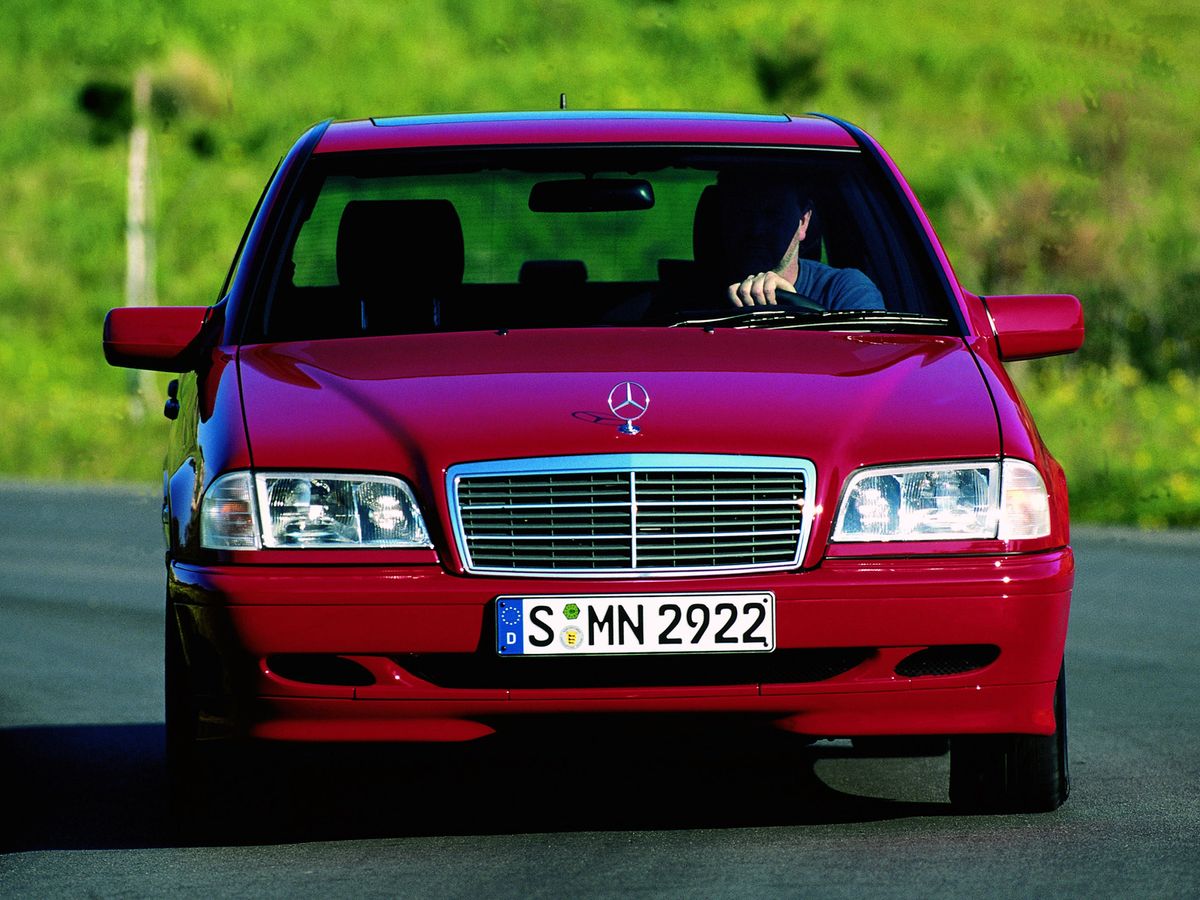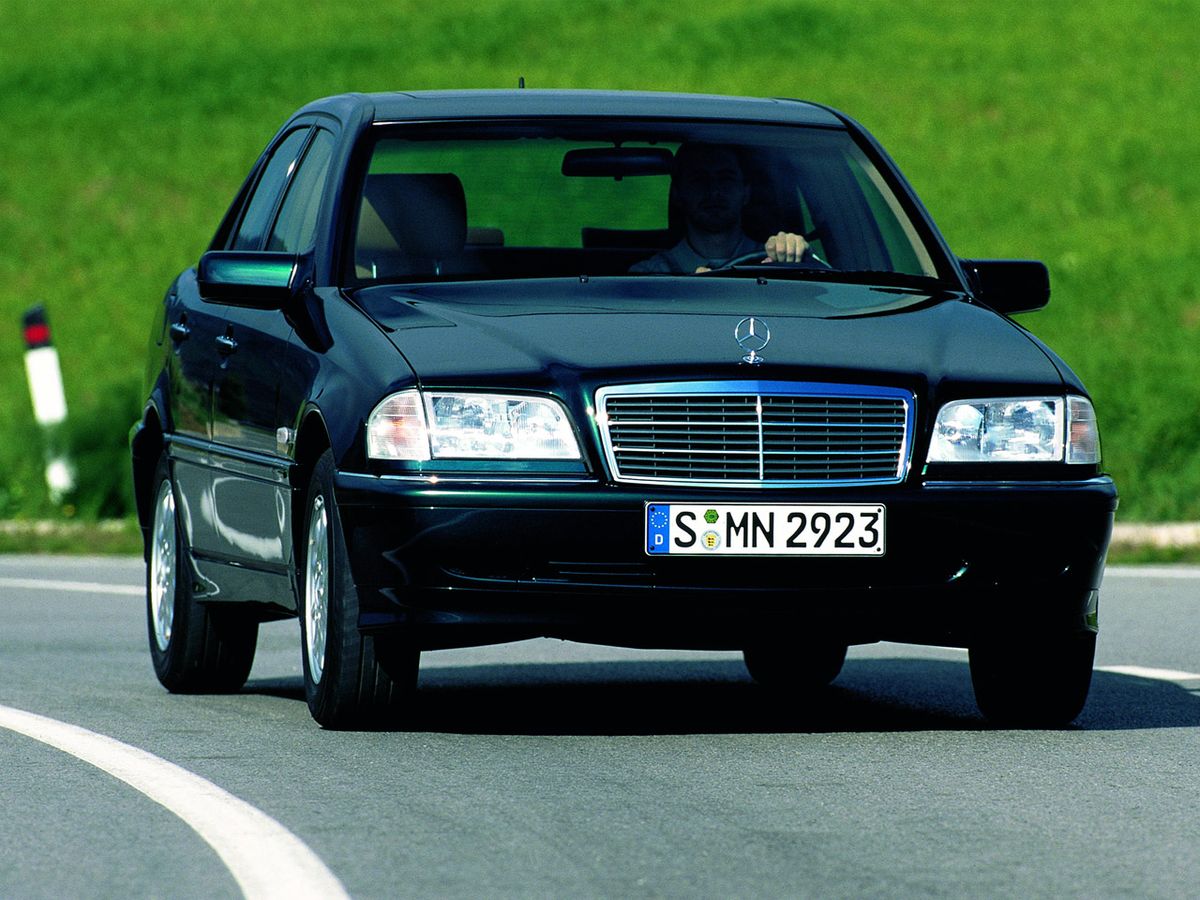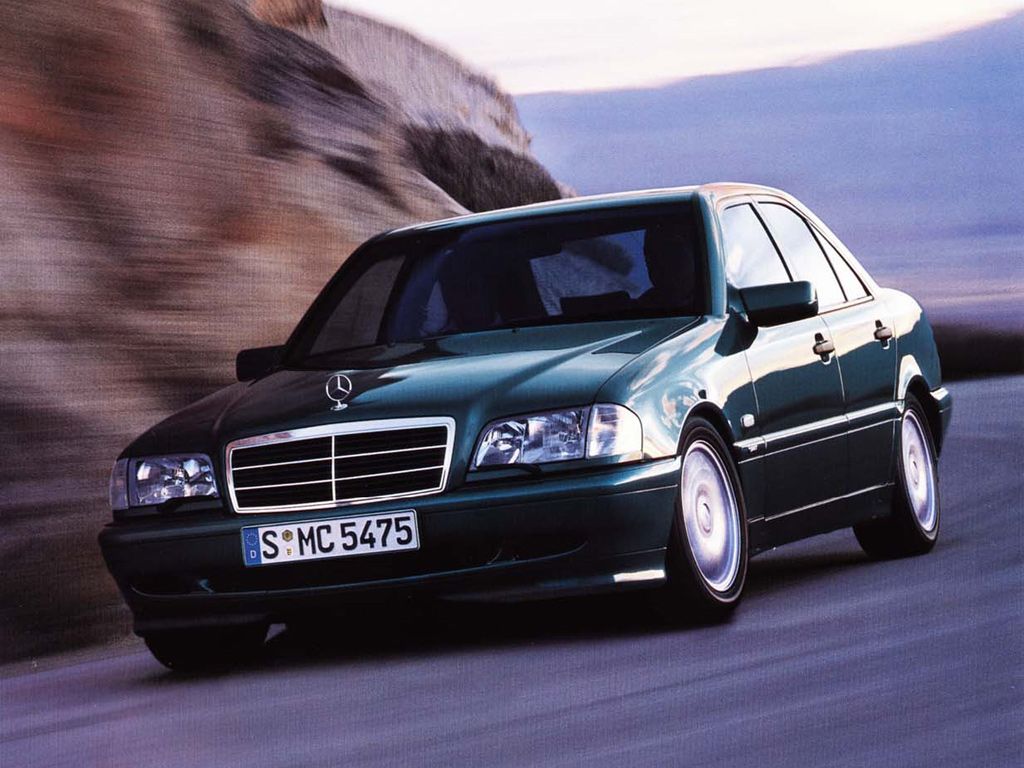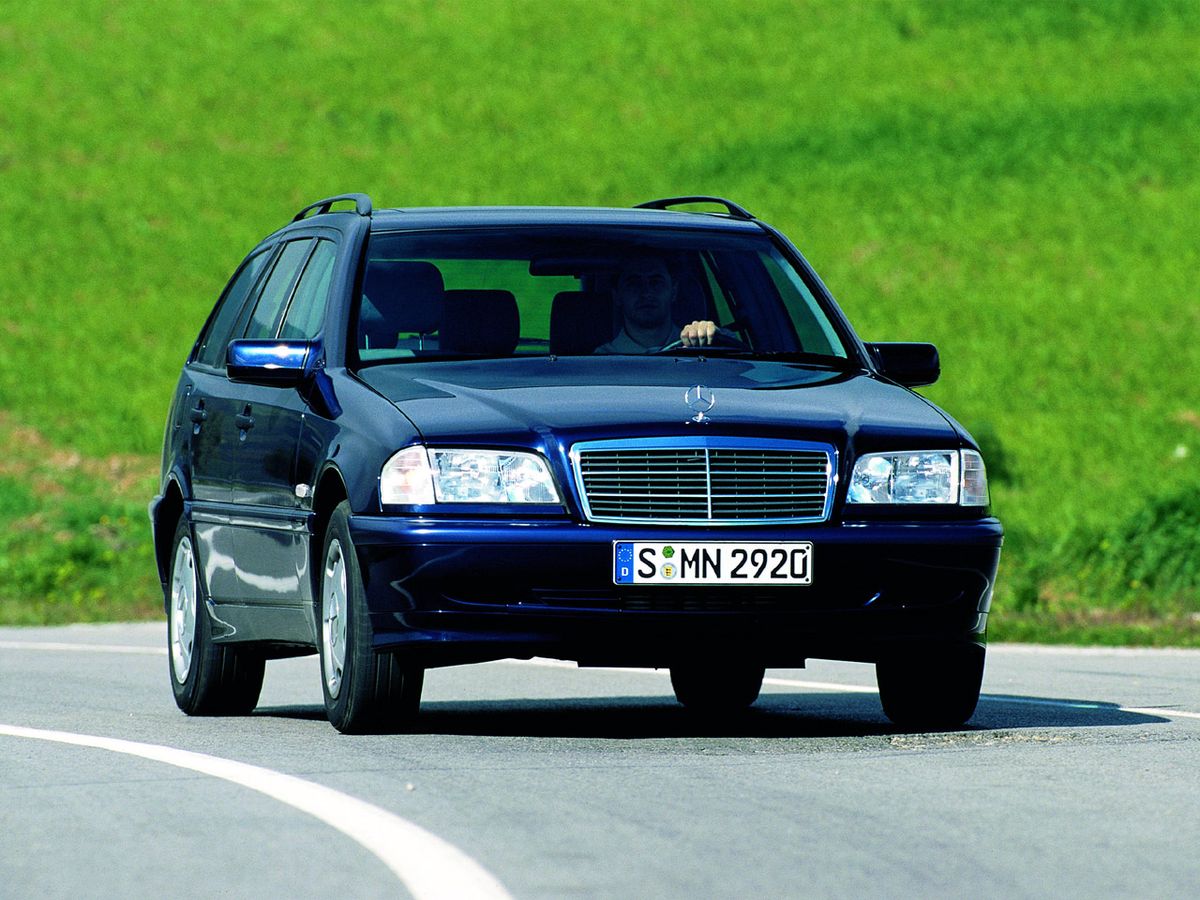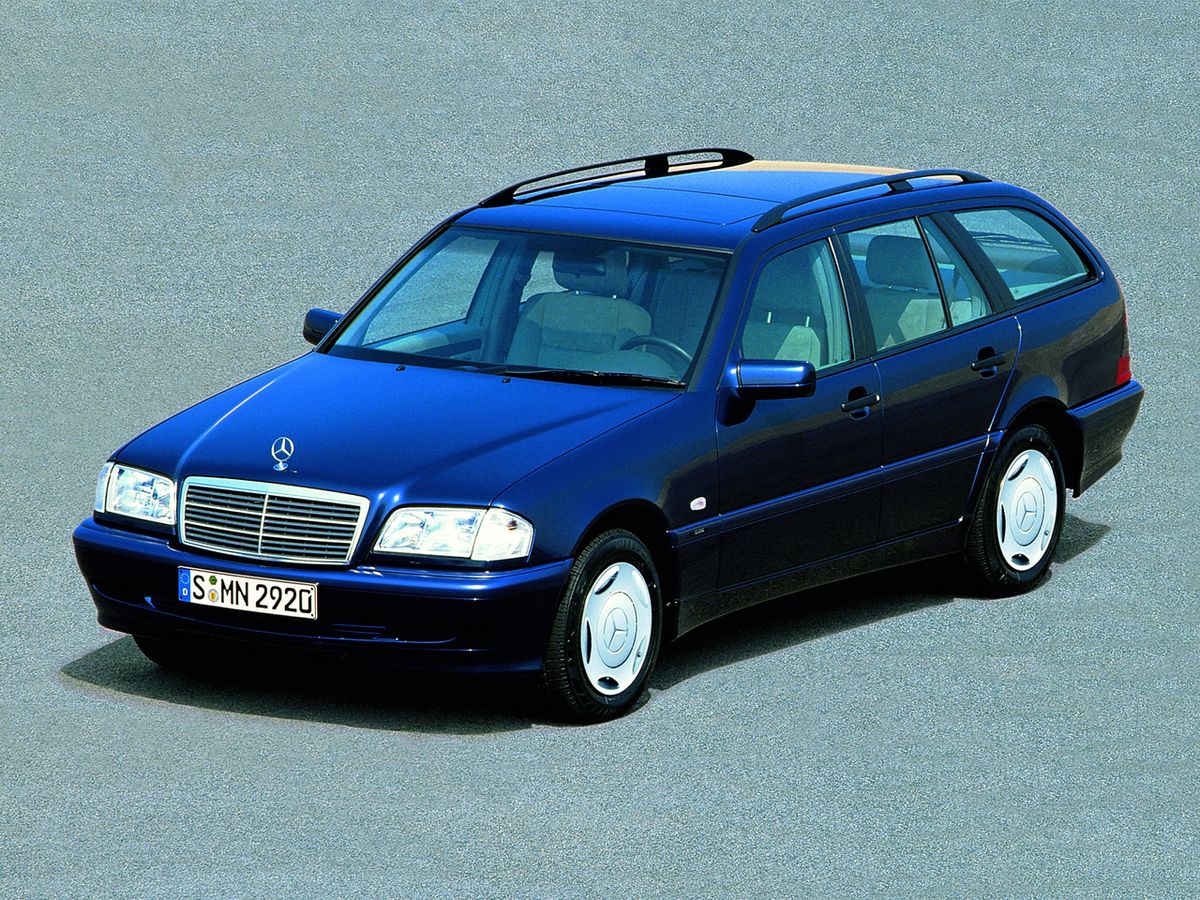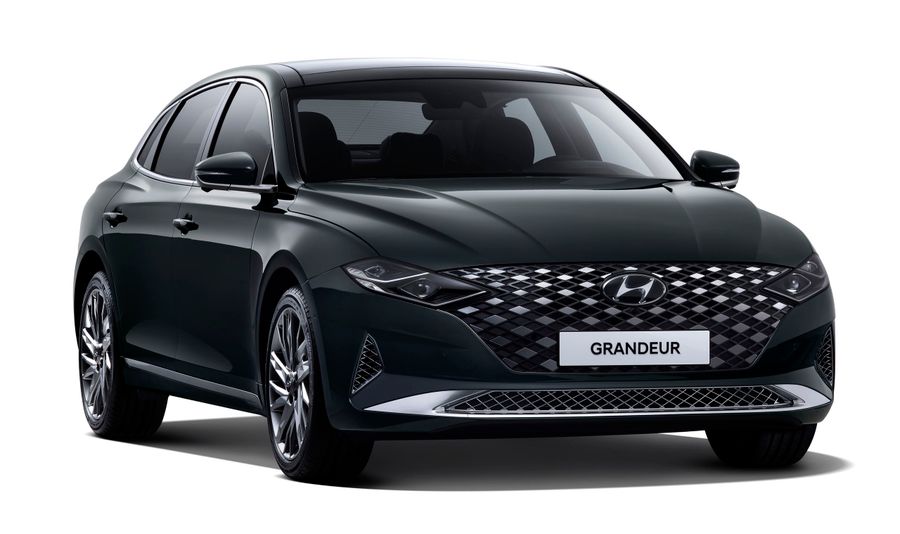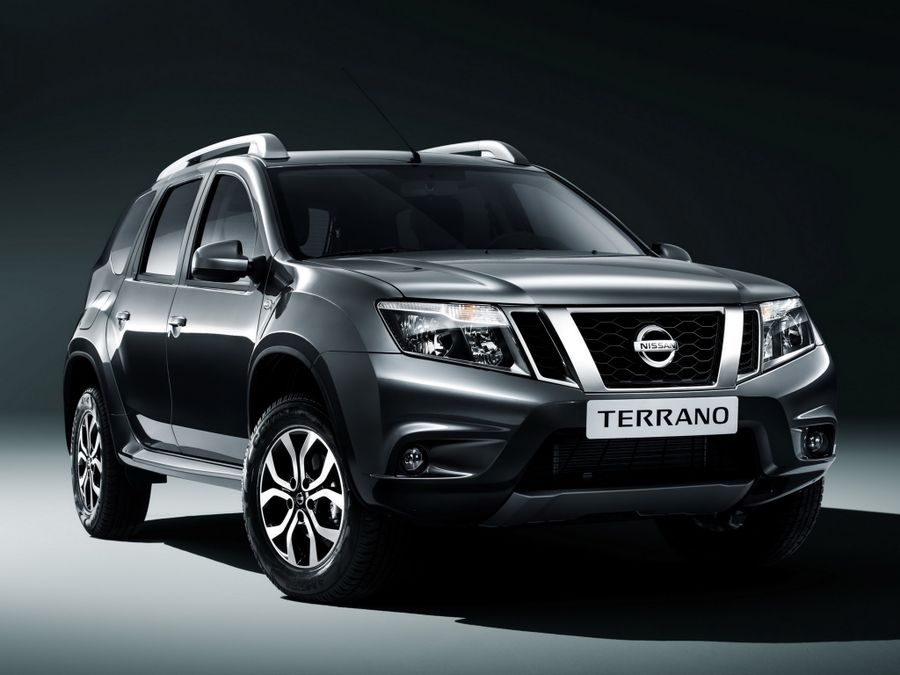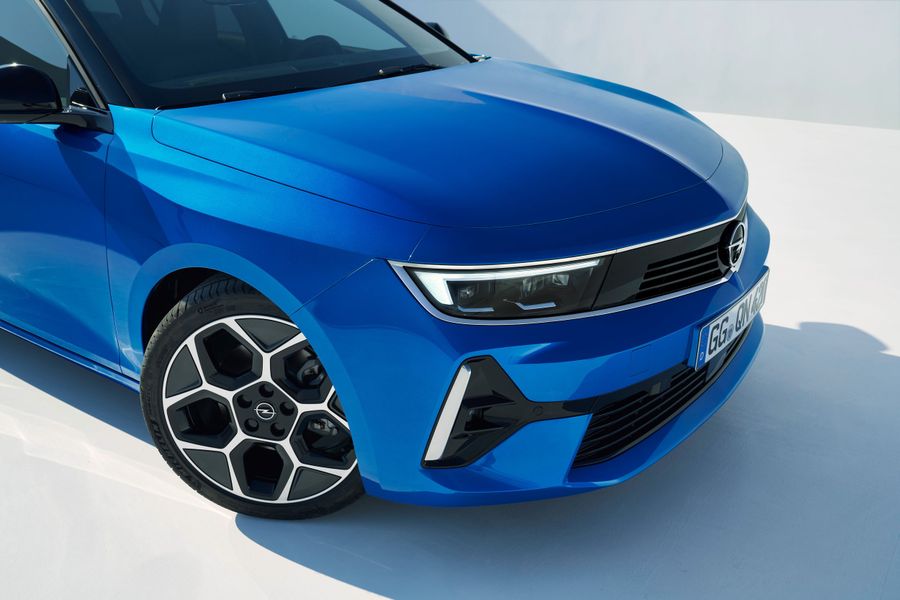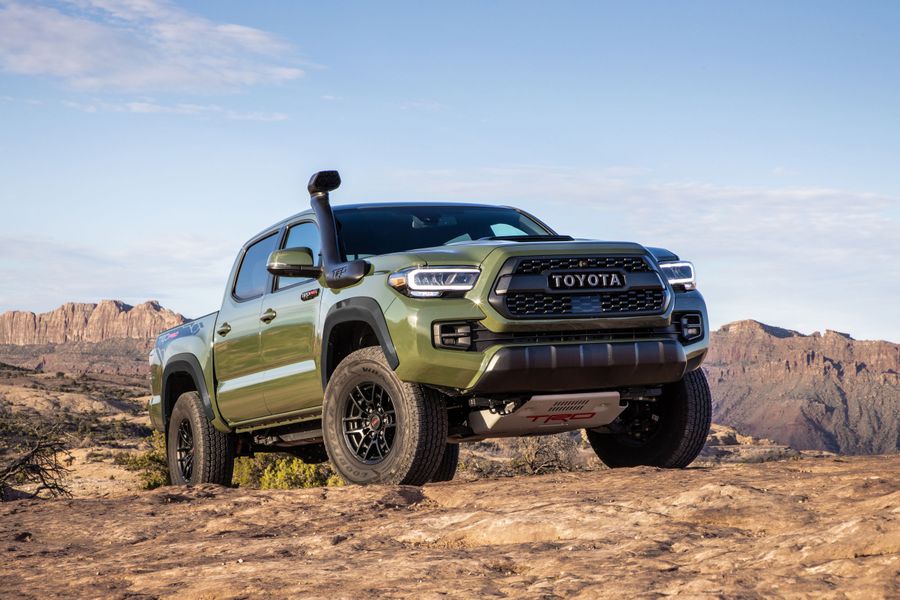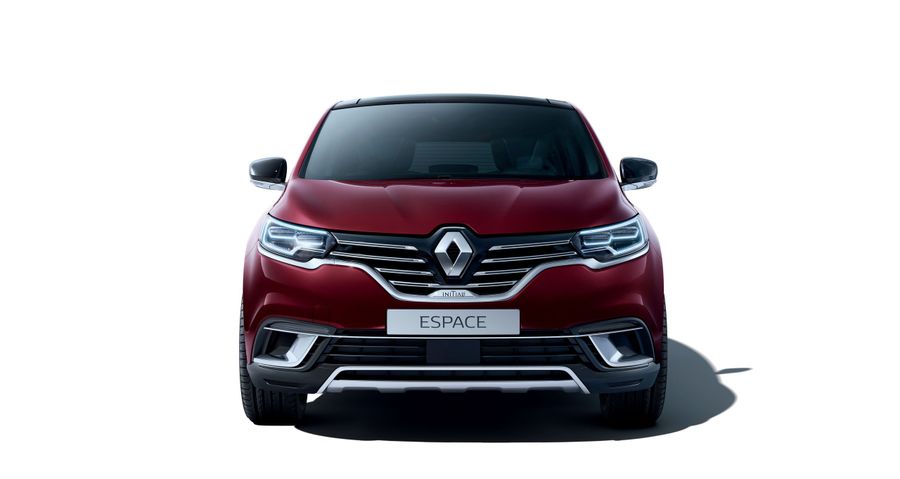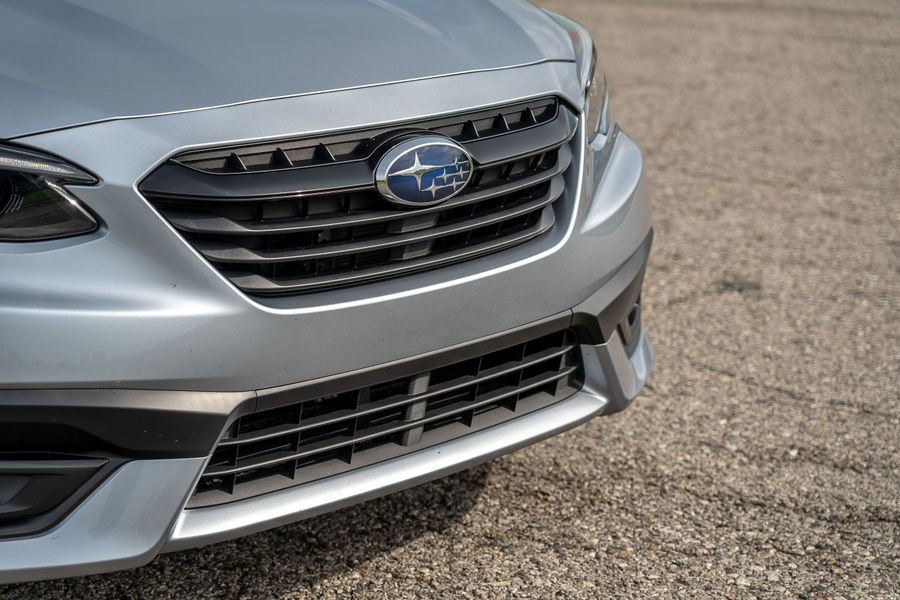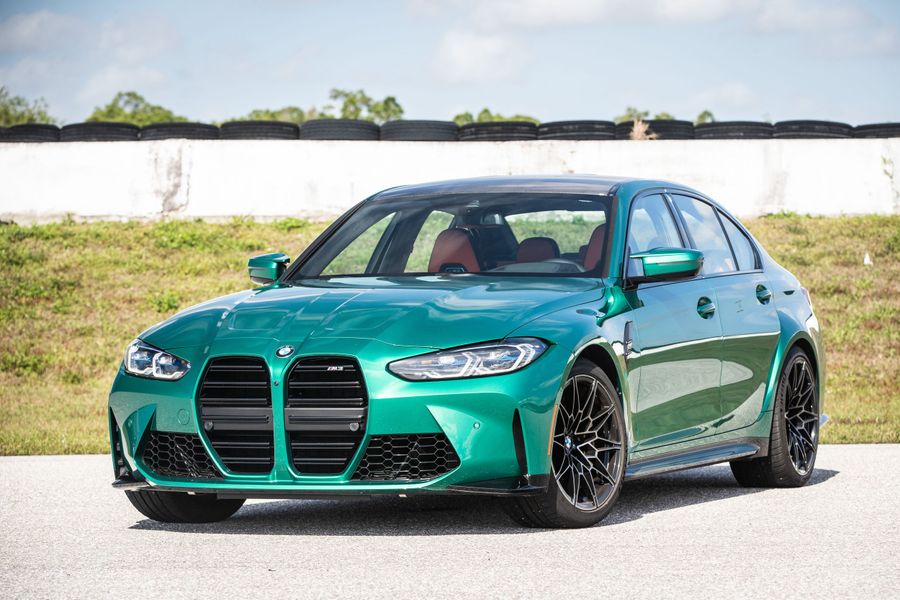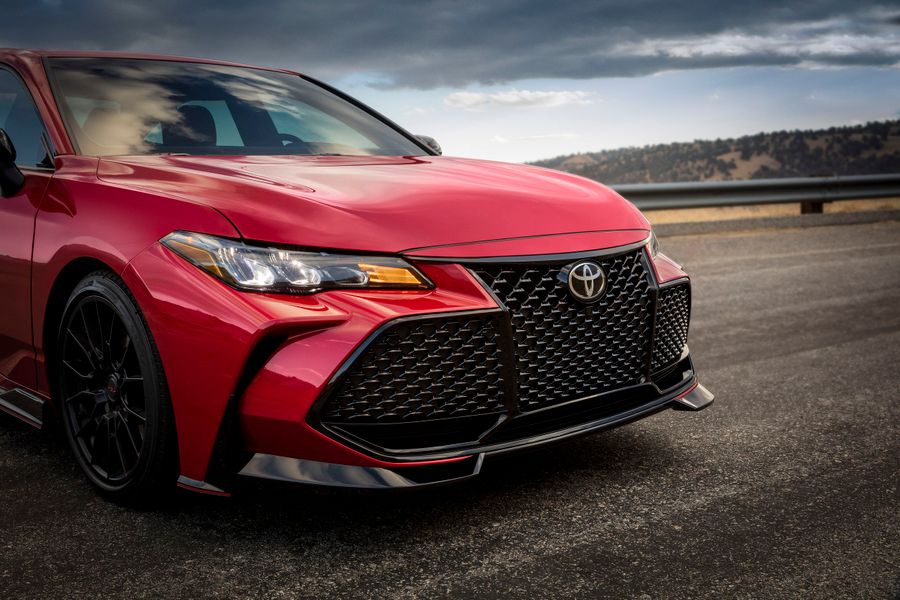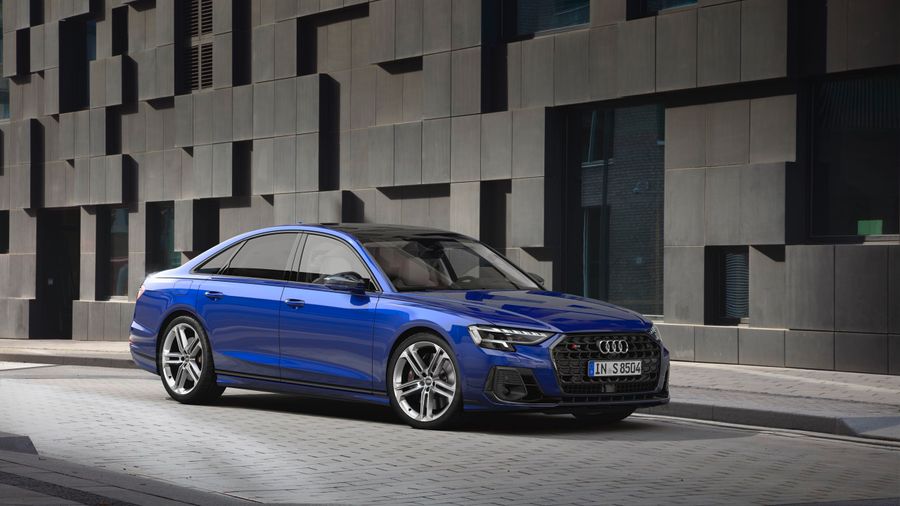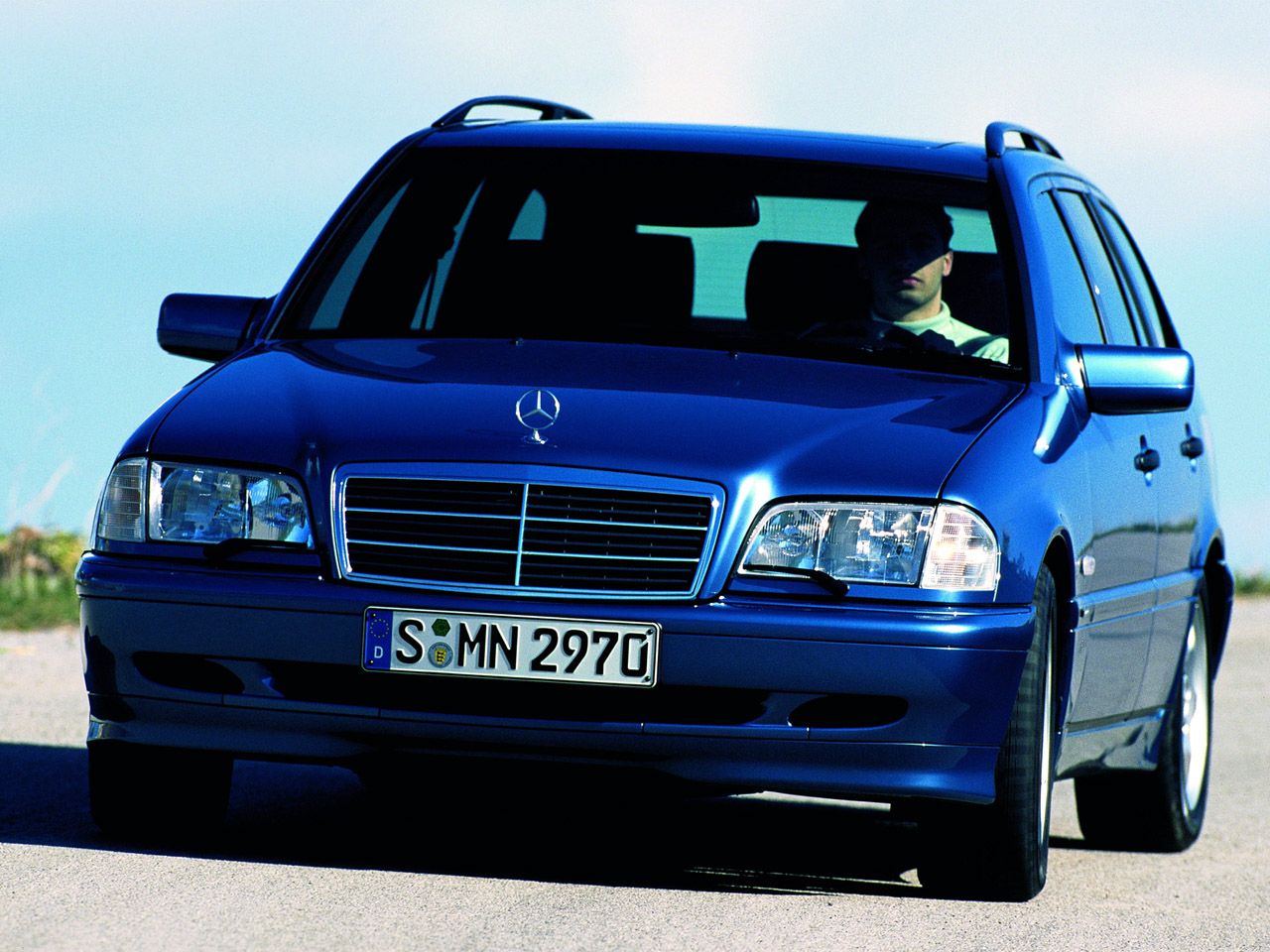
Unsafe but super successful
The first generation Mercedes C-Class has set the standards for all subsequent generations with its excellent design, large interior space, high level of comfort, pre-installed package of safety options, which were sound, reliable, durable and fully corresponded to the unshakably impressive image of Mercedes-Benz at that time… The first generation was produced from 1993 to 2000 in the sedan body. From 1996 to 2001, it also was available as an estate. Then it was time for a new generation.
Design and safety
The exterior of the W202 didn’t change much, because there was no reason to particularly improve the design of the previous model, developed under the leadership of Bruno Sacco. The changes were mostly technological. Thus, the body became stiffer and more stable, the trunk loading edge was lowered, and the fuel tank was placed under the backseat. The interior became more spacious and comfortable, featuring adjustable seats, adapted to the anatomical features of the driver and passengers, as well as a heating system that came as standard and automatically maintained the desired temperature using an electronic control system.
The W202 was the most popular car at home and very successful abroad. A volume of sales of 1.8 million units speaks for itself!
Compared to its predecessor, the W202 became safer thanks to the optimized shock-resistant body geometry, side impact protection in the door, front belt tensioners, automatic seat belt adjustment and an anti-lock braking system. It is curious that the C-Class had a very wide choice of safety systems for its time, but in the EuroNCAP crash test the car received only two stars, which is almost the worst result for Mercedes-Benz. That is, the W202 was clearly not the safest option for critical situations on the road.
Bodyworks and versions
The first generation was offered in two bodywork variants, with the W 202 sedan being an initial version. In 1996, the manufacturer presented the S202 estate, ‘T-Modell’. Sedans were the overwhelming majority of the first generation C-Class models with the sales figures of 1.6 million units. The number of the S202 unit sold exceeded 221 thousand units. The cars differed, in particular, by the trunk volume. The W202’s trunk held 480 liters, and the S202 had a volume of 465 liters, but when the backseat was folded down, the volume of the trunk increased to 1,510 liters. For the first time in the practice of Mercedes-Benz, the first generation C-Class was offered in four trim level options, design features and finishing:
- Classic is a basic version, with standard yellow-white-red taillights, dark gray bumper stripes, black trims on the B-pillars, plastic upholstery.
- Esprit is a version that was designed to attract younger buyers, so bright red or blue tones were used in the interior design, and the fit of the car was lowered by 25 mm.
- Elegance is a premium version of the model, which had many more pre-installed options compared to the ‘younger’ options. Standard equipment included four power windows, a center armrest with large front storage, a center armrest in the backseat, leather-wrapped steering wheel and gear lever, bumpers with chrome accents, zebrano-trimmed center console and door panels. Later, the Elegance started featuring alloy wheels with 10 holes and 195/65 R15 tires with a special tread pattern, an immobilizer, Automatic Slip Regulation (ASR), Electronic Traction System (ETS).
- Sport is a sports version that was supposed to compete with the dynamic BMW models, which were in growing demand at that time. The design of the sporty direction of the first generation C-Class included bumper stripes and white flashing lights. The standard equipment included a sports chassis with a body lowered by 25 mm, 205/60 R15 wide tires on 15-inch alloy wheels. Later, the version started featuring light-alloy wheels with six holes and 205/55 R16 wide tires.
Engines and chassis
The first basic versions of the first generation C-Class were powered by the 1992 M 111 4-cylinder petrol engines, which were previously used on Mercedes-Benz vehicles. But the OM 604 and OM 605 four- and five-cylinder diesel engines were first tested on the 202. The most progressive were the powerful petrol versions of the M 104. All engines were accompanied by a 5-speed manual gearbox (a 4-speed automatic gearbox was available as an option).
The developers put a lot of effort into the engines for the first generation C-Class, increasing the maintenance interval to 15 thousand km. The multi-link rear axle migrated to the 202 from the 201 series, but the double wishbone suspension on the front axle with separate shock absorbers and springs was a new development. The C-Class also featured a foot parking brake instead of a hand brake.
Restyling
The new class was regularly subjected to some minor upgrades/improvements. The first slight restyling took place in 1995. The model started featuring new heating and air conditioning controls, red taillights, white turn signals, a dust filter with air circulation function that came as standard, and so on. But the real ‘big’ restyling occurred in 1997. Exterior was practically unchanged, featuring a modified trunk lid, a new radiator grille, a new color of the body elements. The safety system of the base model was seriously modernized, acquiring side airbags, a braking enhancement system, and belt tension limiters.
In 1997, the new C 220 CDI diesel engine was introduced for the C-Class cars, which was the first engine with a common rail direct injection system on Mercedes-Benz cars. That engine produced 30% more power, 50% more torque and 10% less consumed fuel compared to the standard C 220. In 1999, the C-Class was again slightly modified, acquiring a new 5-speed automatic transmission, ESP as standard and cruise control.
Long-term quality
The first generation Mercedes C-class (W202) is considered a very reliable car, capable of withstanding high mileage without breakdowns. The suspension and chassis could remain strong and durable in the presence of regular maintenance. The 202 diesel engines have a reputation of being indestructible.
The 202 was not perfect. Some of its problems were related to petrol engines, presence of rust on some of the sheet metal parts, and malfunctioning air conditioning controls. Most of the flaws were eliminated by the engineers, but some still remained… On the whole, the drivers liked the W202 very much.
In 1994, the W202 model gained a share of more than 4% in the German automotive market, and prior to the A-class it was the most popular car at home and very successful abroad. A volume of sales of 1.8 million units speaks for itself!


